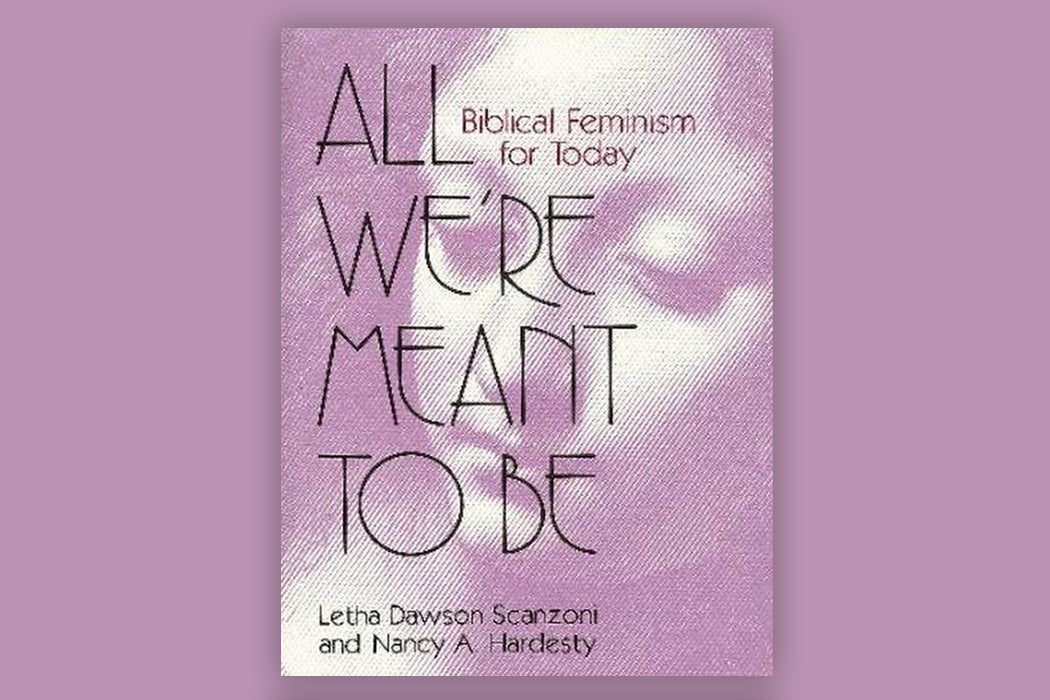To many, both inside and outside evangelical Christianity, “evangelical feminist” sounds like a contradiction in terms. As sociologist Sally K. Gallagher writes, that’s despite a long history of feminist thought within Christian, and evangelical, circles.
From Christianity’s beginnings, Gallagher writes, the religion has been split between two visions of gender relations. The dominant view is a hierarchical one, informed by the Apostle Paul’s teachings that women should submit to their husbands and should not have authority over men. Christianity took on beliefs about gender common in the ancient Greco-Roman culture where it emerged, leading to beliefs that women were “misbegotten men.”
The other view, which has been less influential historically, also has roots in one of Paul’s teachings: that, “in Christ there is neither Jew nor Greek; male nor female; slave nor free.” Other scattered ancient teachings also support an egalitarian view of men and women. Second-century theologian Tertullian, for example, wrote that a married couple should be “mutually teaching, mutually entreating, mutually upholding.”
Gallagher writes that the 1960s and ‘70s brought a particularly strong flowering of feminist, egalitarian ideas within evangelical churches. Prominent evangelical magazines published writing questioning their churches’ attitudes toward women’s roles. These writers argued that men and women should mutually submit to each other in marriage. While some supporters of gender hierarchy claimed that these ideas simply mirrored the secular women’s rights movement, evangelical feminists argued that gender inequality dishonored the image of God present in every person.
“We did not become feminists and then try to fit our Christianity into feminist ideology,” said Letha Scanzoni, a prominent evangelical feminist. “We became feminists because we were Christians… we heralded the feminist movement because we were convinced that the church had strayed from a correct understanding of God’s will for women.”
Over the decades, Gallagher writes, feminists within evangelical churches achieved many of their goals, but without “feminism” becoming palatable to the vast majority of the community. Beginning in the 1980s, even gender essentialists began to use language of partnership and “complementarity,” in which men and women were seen as having “equal but different” roles.
As increasing numbers of evangelical women started working for pay, bestselling evangelical books focused more on pragmatic advice on parenting and achieving work-life balance than on theological questions about gender roles. By the end of the century, polls showed that most self-identified evangelicals agreed both that husbands were the heads of their families, and that men and women should be equal partners in marriage.
Weekly Newsletter
Gallagher argues that evangelical attitudes toward feminism are closely tied to the issues of LGBTQ rights and abortion, as well as the widespread evangelical view that feminists want men and women to be “exactly the same,” which they generally perceive as unrealistic. Another factor is evangelical Christianity’s orientation toward an embattled relationship with mainstream culture.
“Maintaining the idea that the husband is the ‘head’ of the family—even if that headship is largely symbolic—reinforces the evangelical identity as distinct from the ‘world,’” Gallagher writes.
Support JSTOR Daily! Join our new membership program on Patreon today.







